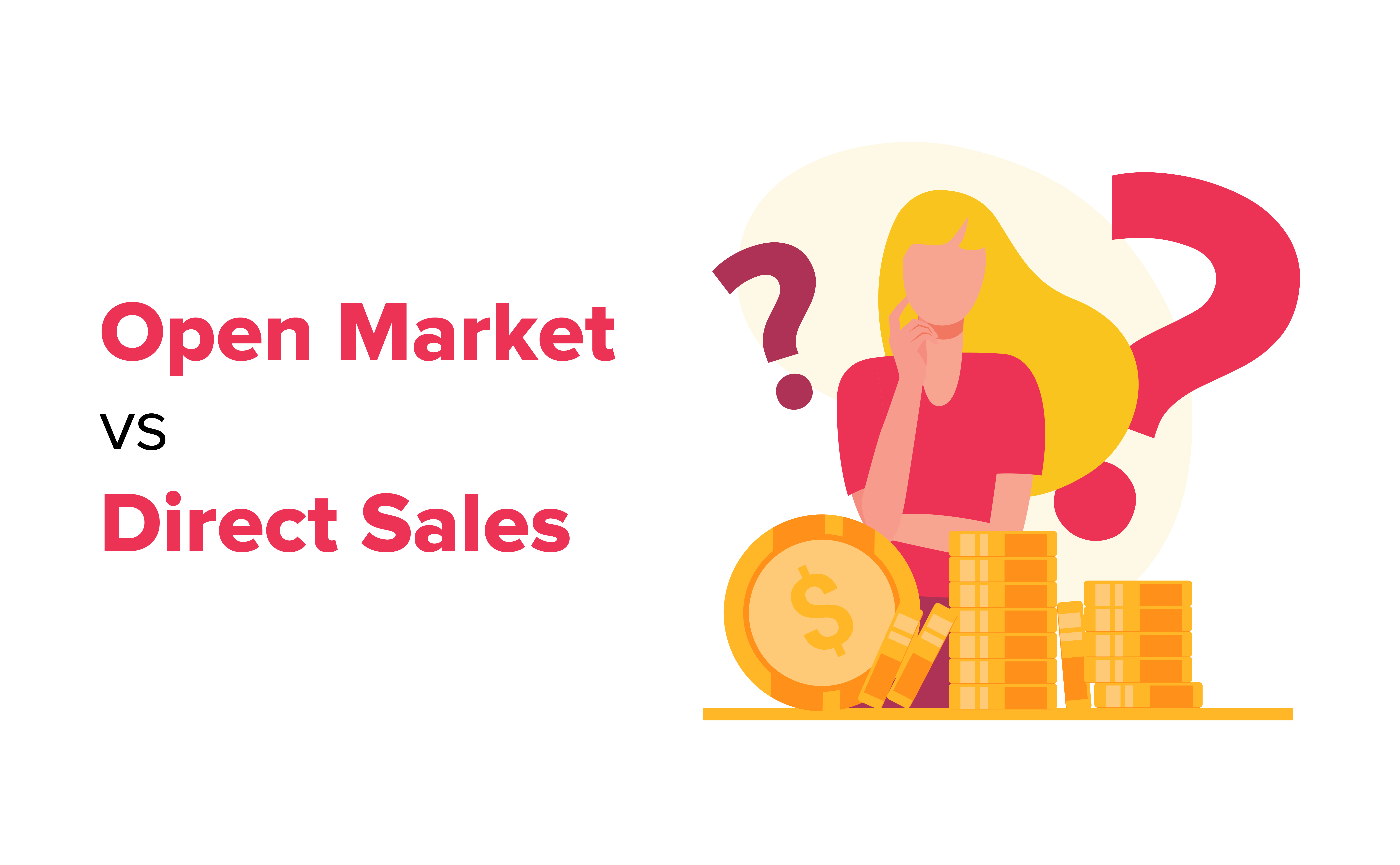Reflecting On 2024 – Expert Insights on the Programmatic Industry
As the digital advertising landscape continues to evolve, programmatic advertising remains at the forefront of innovation, shaping the way brands…

From the Publisher’s perspective, it is crucial to increase revenue from quarter to quarter by selling as few impressions as possible. This can be easily explained, even from the users’ perspective: when more ad spaces are added to a page, users may find themselves bothered by the ad excess. Therefore, if there is the possibility of selling fewer impressions and gaining more revenue, then Publishers should definitely do so.
Open Market Optimization
Direct Sales and other Line Item types
How to find the balance?
In order to turn as many ad requests as possible into an ad, Publishers should optimize the inventory in different channels: in the Open Marketplace, in the private marketplace, and in Direct Sales, and, what is the most important here, is that the Publisher has to make them all work in harmony.
As a quick reminder, in the Open Marketplace, RTB impressions are theoretically available to all bidders. Nevertheless, in practice, this is not always the case Publishers have to manage the pricing policy by setting price floors in the Open Auction that more closely reflect the value of their inventory, meaning that prices in the Open Auction cannot be the same as in other Line Item types in the ad server (Direct Sales or Programmatic deals).
Taking into consideration the fact that the Open Auction has the lowest priority within other Line Item types, controlling floor prices is quite crucial because buyers in the Open Marketplace compete with remnant line items on a CPM basis and the dynamic allocation process maximizes publisher yield regardless of demand source. By setting up proper price floors, the Publisher protects both Direct Sales and Programmatic Deals and prevents the bid shading algorithm from bidding too low in the Open Auction.

Also, it is worth noting that usually, Publishers do not offer all the products in the Open Auction. Consequently, if there is a need for video, audio, or rich media, it is better to send the Request for Proposal to the Publishers, requesting inventory for such products.
In addition, buyers should always keep in mind that some Publishers prefer not to implement Header Bidding, which helps them to invite third-party demand partners to compete for the inventory in a single auction (on the Home Page because it simply can delay the page’s loading process). Hence, it is rather impossible to buy ad space on the publisher’s home page in the Open Auction.
In the pecking order of ad serving from the Publisher’s perspective, the priority is always given to campaigns that are served via Direct Sales or Programmatic Guaranteed transaction types. Those transaction types have a fixed or guaranteed volume of impressions, so when those are competing for an impression, the guaranteed is prioritized over non-guaranteed and guaranteed wins ahead of the others during ad selection. So the key to the proper pricing and optimization is to keep CPMs higher in guaranteed transaction types than is non-guaranteed.
The explanation for that is quite simple: Open Auction or remnant Line Items work best if the buyer pays more than the opportunity cost of not serving the guaranteed Line Item. Therefore, if the CPMs in the Direct Sales or Programmatic Guaranteed transaction types are lower than the buyer can offer in the Open Market or in remnant Line Items, the Publishers miss the opportunity to gain more revenue on all those channels and create more unfilled impressions.
There is no recipe that works for all the Publishers. It is always better to analyze the current situation and create an action plan based on the Publisher’s possibilities and needs. Nevertheless, there are several approaches that can be tested:

Karol Jurga
Chief Revenue Officer
See it in action.